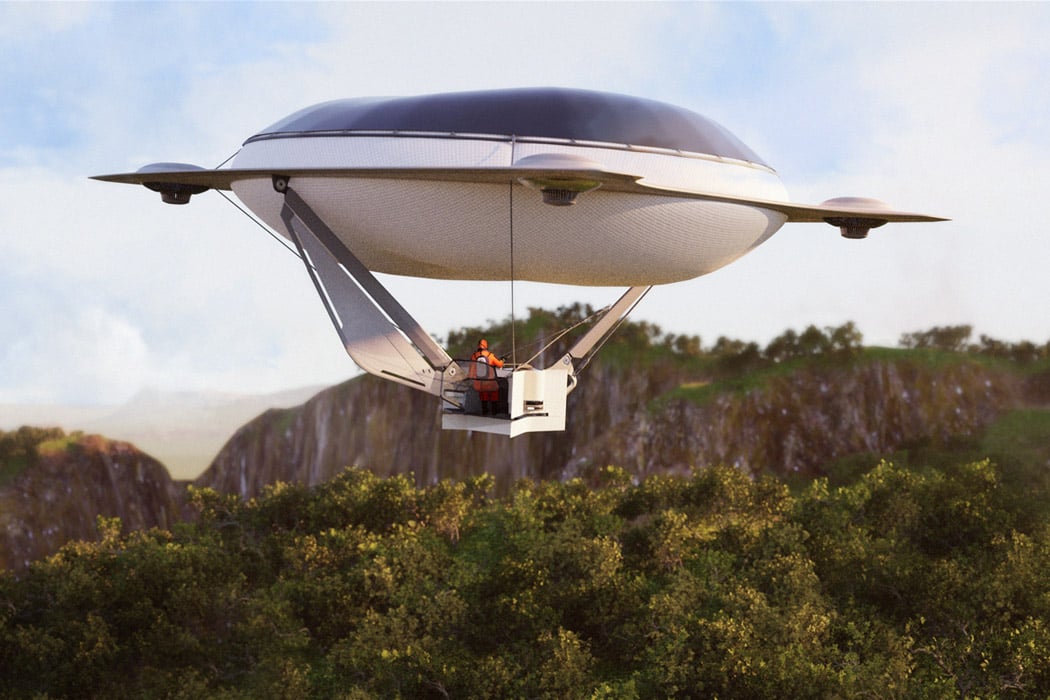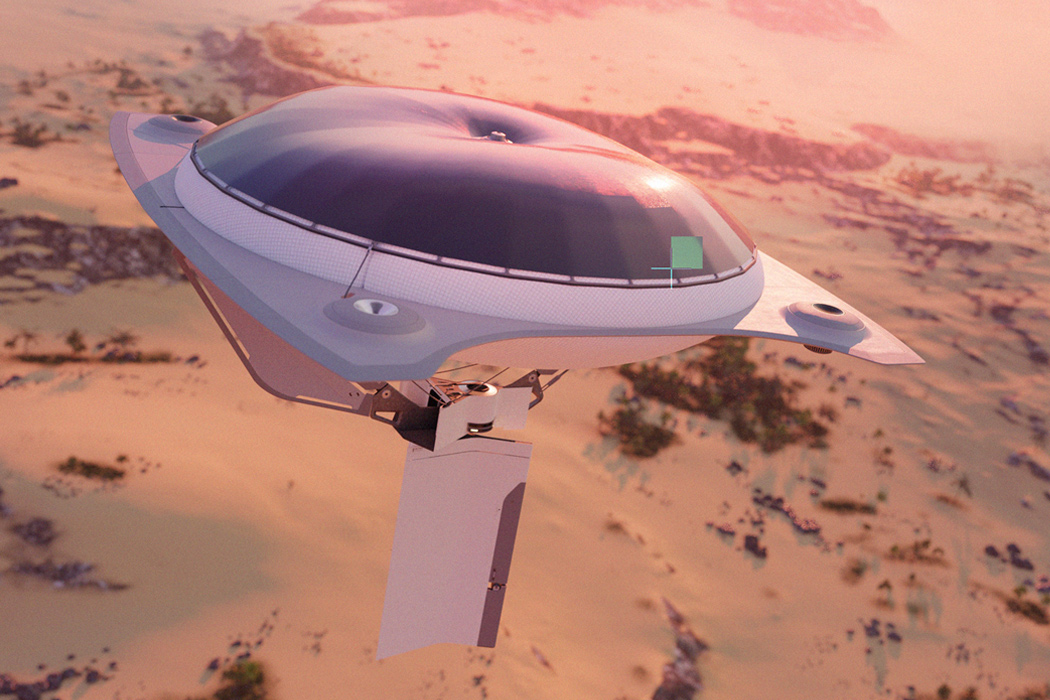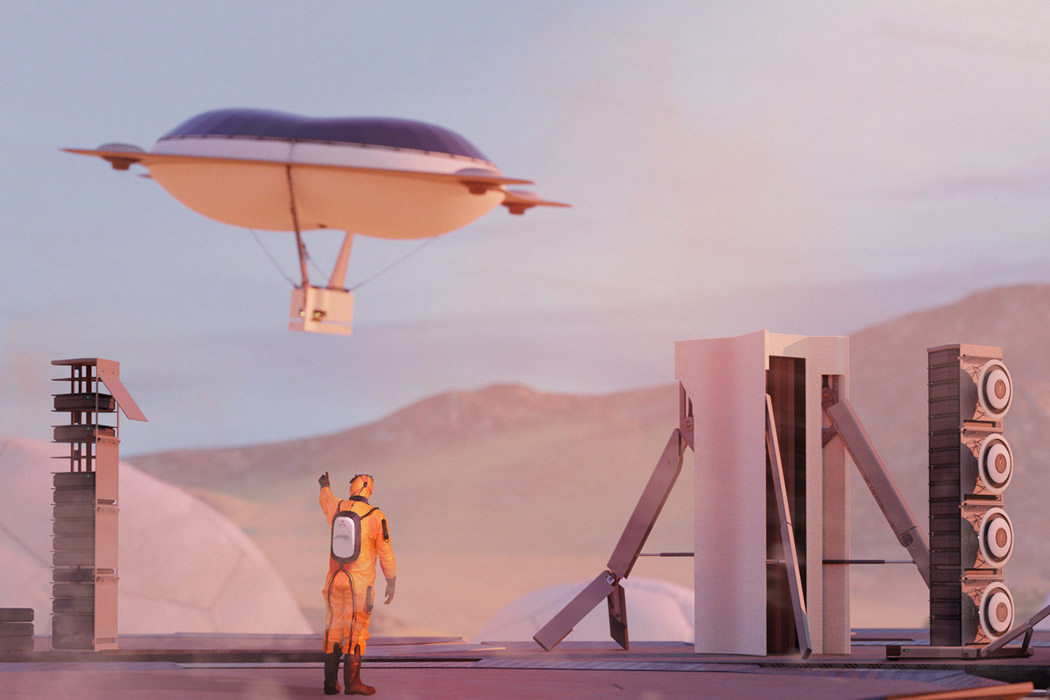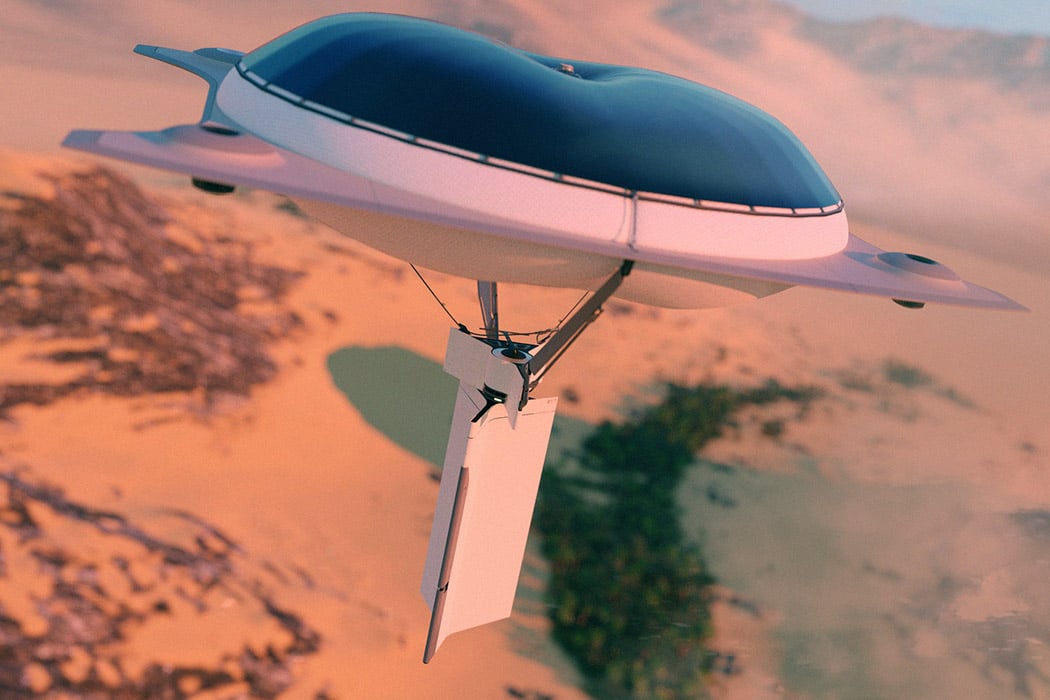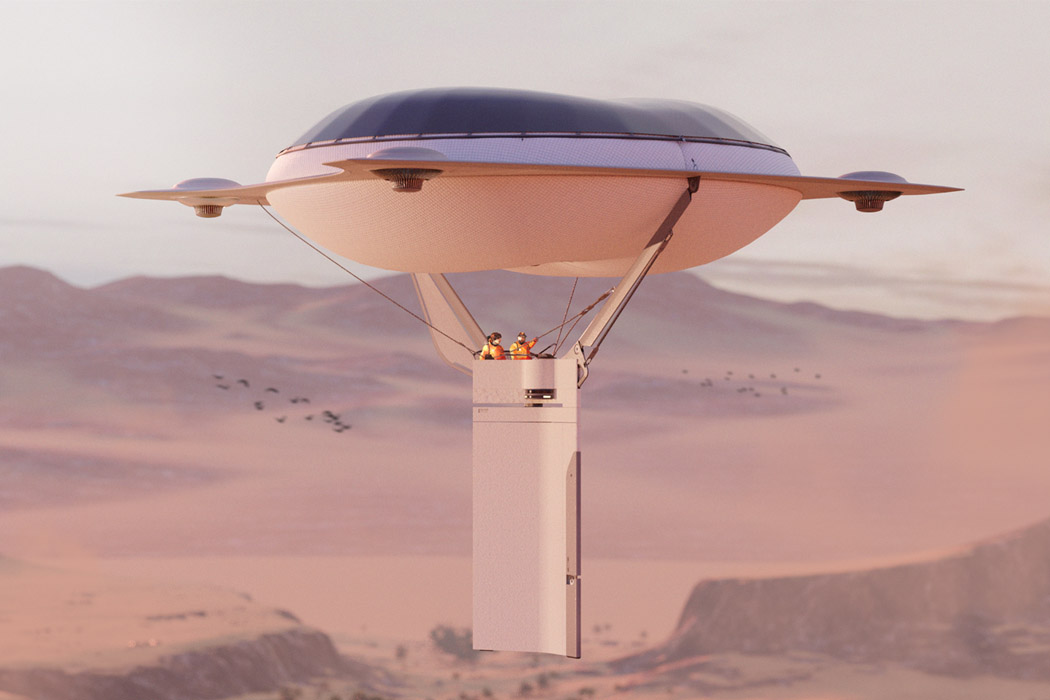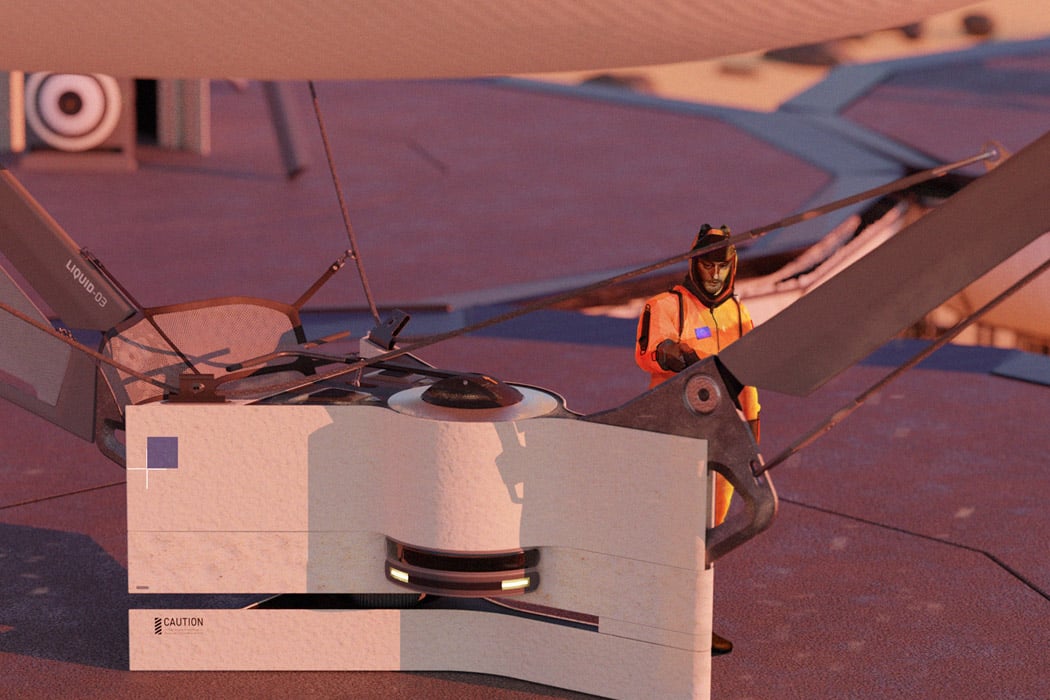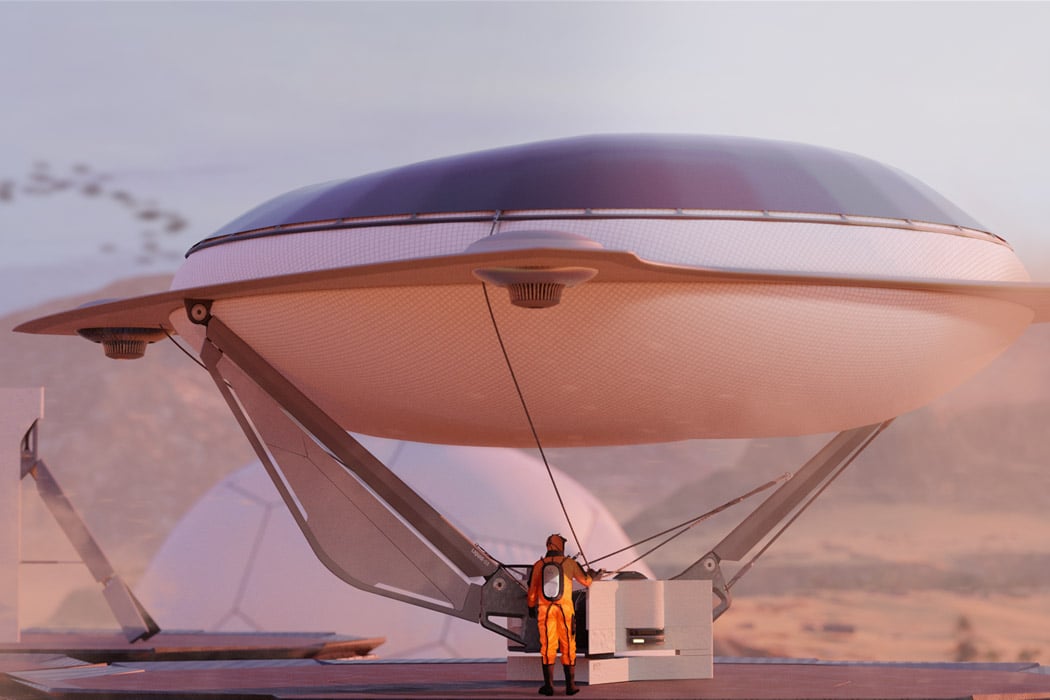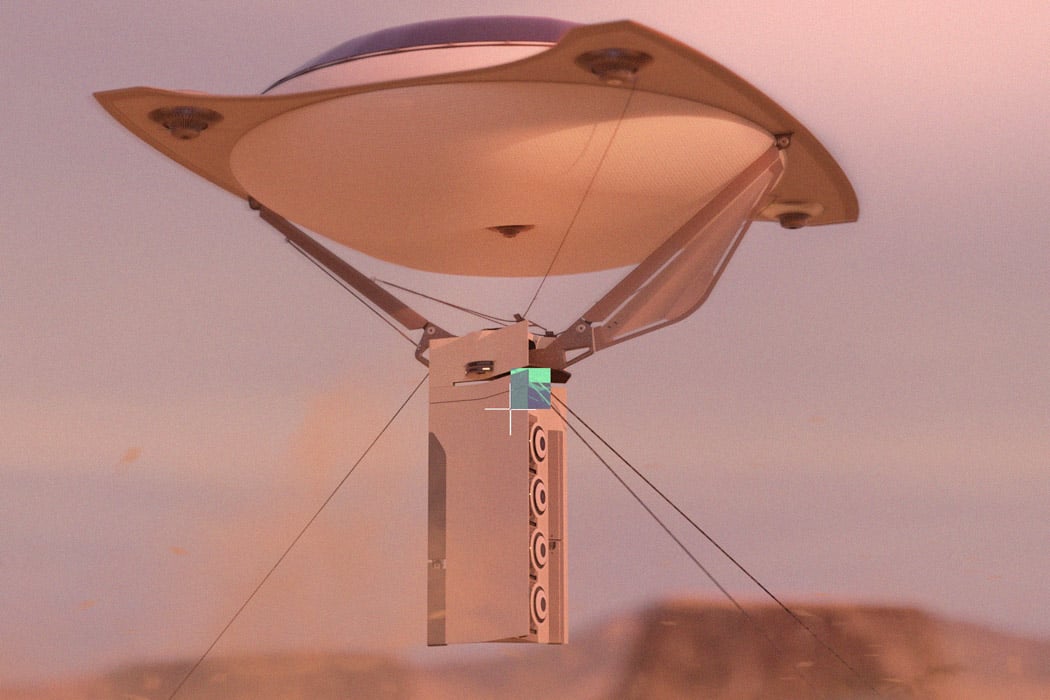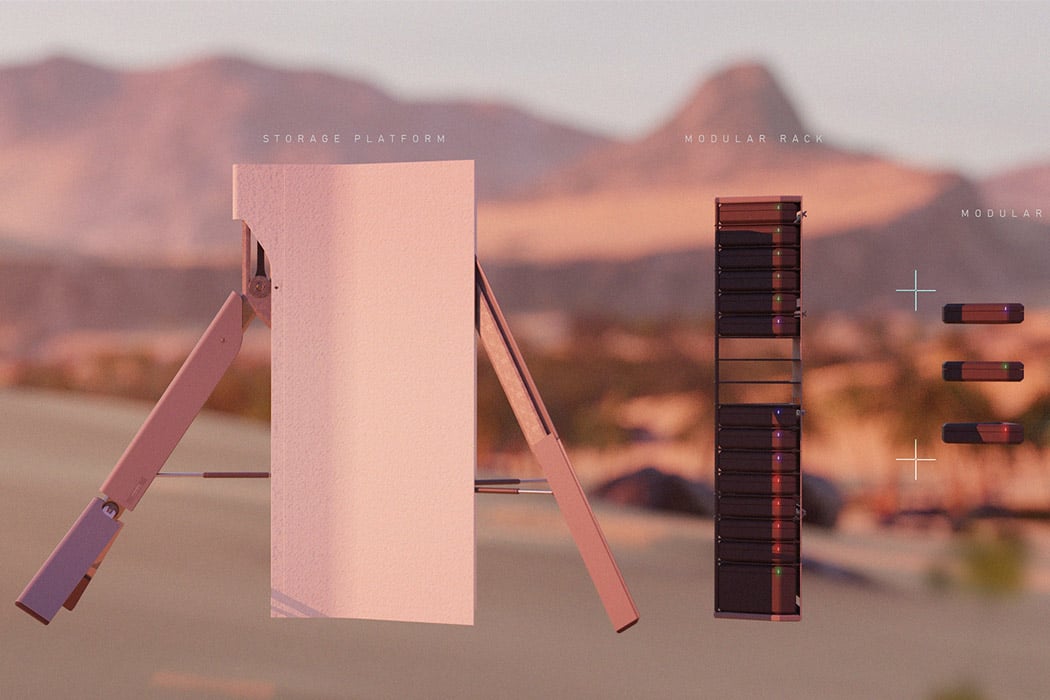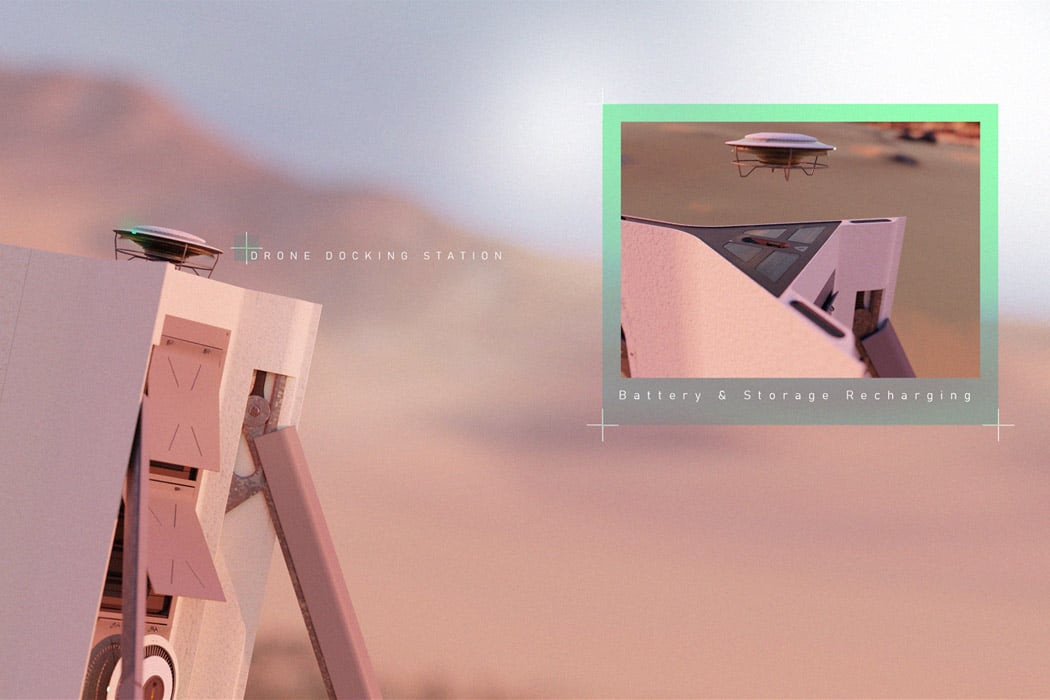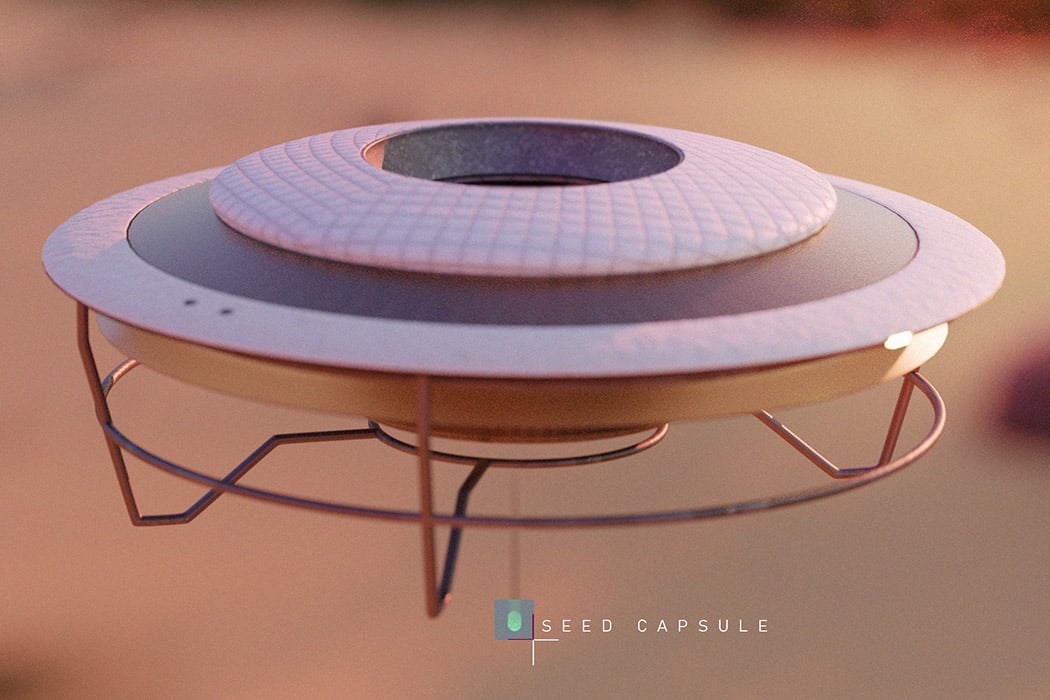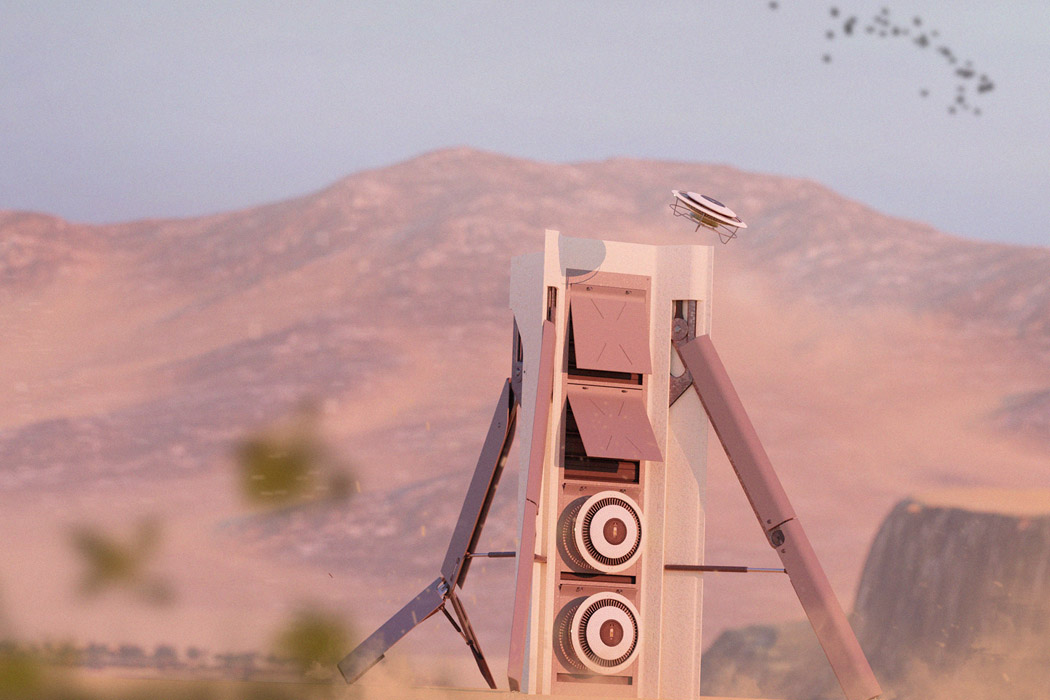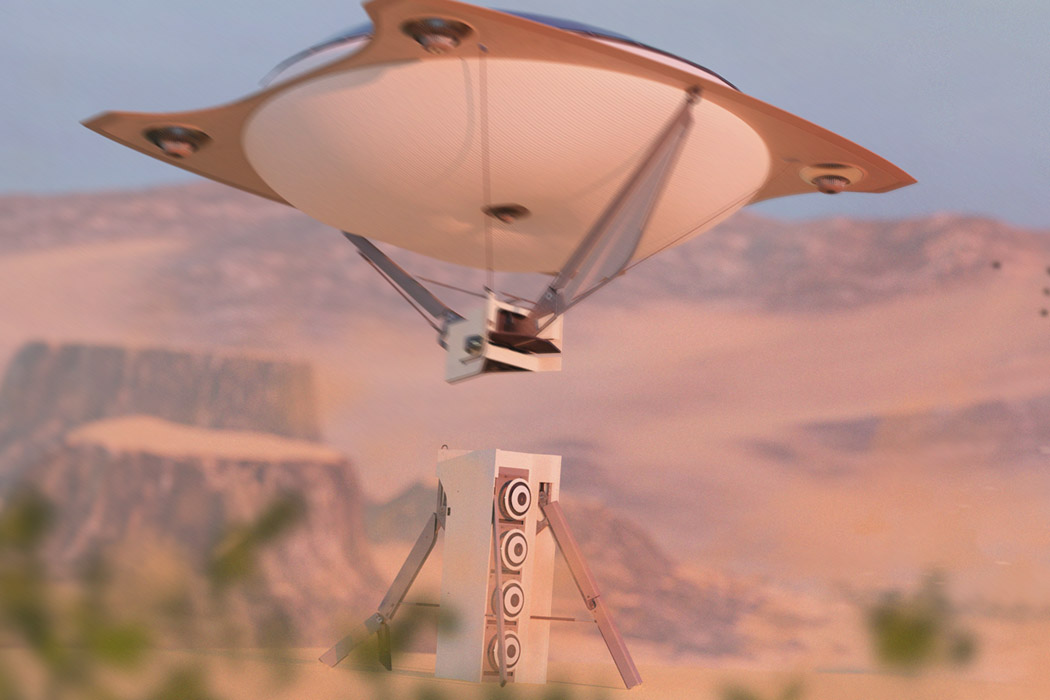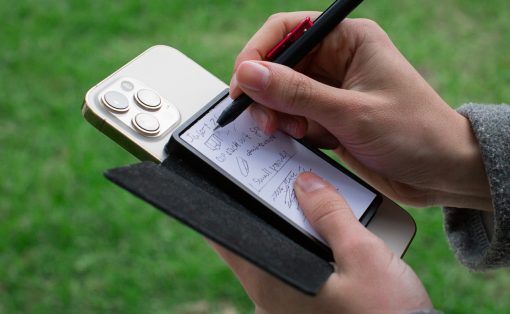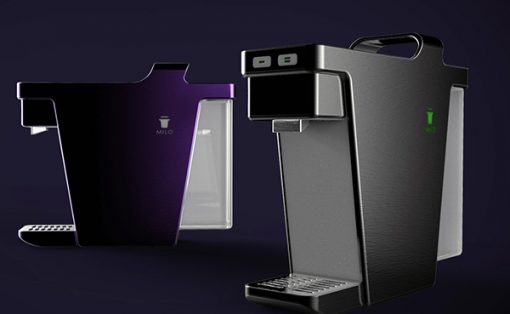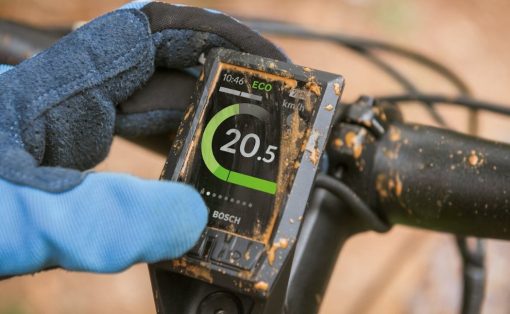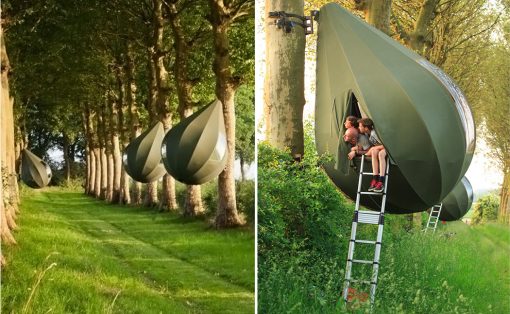The rapid climate change and global warming – we’ve come to a point where researchers believe in drastic action or we cross the point of no return. Just imagine what it would be like decades into this century – all the water sources would deplete, turning the currently habitable lands into an oasis of sands. This threatens the survival of our species, as well as countless other animal species that already have a bleak future due to human-induced climate change. David Wolter from Umeå Institute of Design peeks into the future, in the year 2090, when human settlements constrict to the last inhabitable pastures on planet earth. The concept artist imagines the exponential spread of deserted lands around the equator and how humans will try to restore the planet.
There is ample evidence that climate change affects biodiversity. In fact, climate change is already forcing biodiversity to adapt. Conserving natural ecosystems is essential as ecosystems play a key role in the global carbon cycle and adapt to climate change while also providing a wide range of ecosystem services necessary for human well-being and achievement. Biodiversity can support efforts to reduce the adverse effects of climate change. Conserved or restored habitats can remove carbon dioxide from the atmosphere, thus helping to address climate change by storing carbon by reducing emissions from deforestation and forest degradation). Moreover, conserving in-tact ecosystems, such as mangroves, for example, can help reduce the disastrous impacts of climate change such as flooding and storm surges
Meet the Terra Nova, a lighter than air propelled solution for hauling people and cargo in the barren lands without impacting the environment. When the stakes in our dystopian future are this extreme, the role of biodiverse restoration efforts will be more or less dependent on mobility. The solution is designed to play a pivotal role in slowing down desertification, initiating large-scale reforestation with the help of high-end technologies. The air-propelled rig has soft organic shapes with a bold, sharp design that is powered-assisted by the sun’s energy and is made from biodegradable materials to keep the environmental impact down to the minimum. It carries cargo and people from one station to the other. The drone comes with alternate docking capability – it can run autonomously to carry out replantation, water management, and organic pesticide control as well as swap modules to carry humans instead. It has operational capacity for four days, after which the Terra Nova drones, bring in the needed supplies for revitalizing the desertified landscape.
The crux of this project is to build a transportation system that has minimal or no impact on the environment. After all, we are talking about a time in the future, less than seven decades from now. Terra Nova multi-functional vehicle will be one of the many efforts humanity needs to take up to save the planet from doom.
Designer: David Wolter from Umeå Institute of Design
